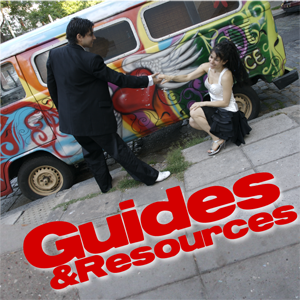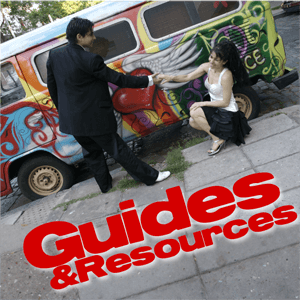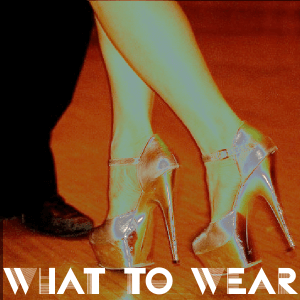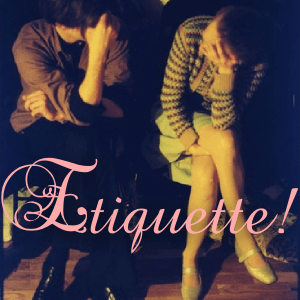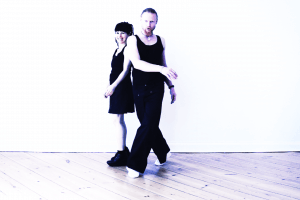Every tango teacher exhorts students to practice, and every student agrees that they need to practice. Most dancers don’t. For the same reasons we don’t do lots of other things: We do what’s most urgent or compelling, and lots of actions and good ideas and “shoulds” get pushed aside. But we really want to improve our dancing, so how can we find the time, energy, and commitment to do it? There are two really wonderful gifts at our disposal:
- Discipline is our birthright. In fact, we are very very good at it. Even if you describe yourself as “lazy” a quick look at your life will reveal this is not true. And discipline also makes you feel free and powerful.
- Once you are into FLOW, you won’t want to stop! FLOW is a psychological state in which we are so fully engaged with work that we lose track of time. We are designed to be able to enjoy work. Observe yourself in activities that you do for longer than you intend and build a tango practice environment which mimics your best work state.
And one secret: Practice can be a LOT more fun than going to a milonga. Think about it! You’re going to dance the WHOLE time, without playing extreme-psychology cabeceo games. You’re going to have a chance to improve and make dancing feel great and fun because you’ll be able to communicate with your partner! You have a sense of development of your dance and the dancing relationship, you will feel that your contributions are valued and appreciated by your partner, and you enjoy an explicit shared accomplishment. This is a pile of nice experiences that are not even available at a milonga.
Three Doors to Serious Practice
Make a HABIT
- It takes about 60 days to build a habit, but once you have it, you don’t need to think about it.
- I use Loop Habit Tracker to build new habits.
 Make a DATE
Make a DATE
- When you have an appointment with someone else to practice together, you’ll be more likely to follow through.
- It’s great to get together with someone in your same role for solo practice, as well as partner practice. If you dance both roles, it all gets so much easier.
- Have the practice space set up with water, coffee, tea, wine, so that you’ll enter this space right away, and don’t get waylaid having a cup of tea and delay the start of practice.
- Agree on what you’ll practice. Use our Private Practice Courses for Solo or Partners or analyze a video you like.
Make Practice part of your PREPARATION for going dancing
- You spend time getting clothes, hair, and makeup ready for the milonga. Why not spend 15 minutes preparing your muscles as part of your preparation routine?
- Use our Exercise Center for exercises and workouts.
Informal Practice
There are lots of ways to integrate practice into your day.
Mini-practice
Whenever you are not sitting in a chair or lying in bed, you can be practicing tango. I am always making tango movements while waiting for buses and trains or standing in line. Work on your front, back, and side steps, crosses, and voleos. While standing in line, stand on one foot and work on your base-arc alignment.
Life-practice
Every walk is a tango walk. Take every step with awareness of moving correctly onto the new base leg. Look for opportunities to strengthen your muscles. I exercise my shoulder external rotators every time I carry something heavy, and my piriformis muscles every time I walk up stairs.
Mind-practice
You can practice all your tango movements in your mind. This is great when you are standing on a crowded train, or riding in a car. Injured athletes and dancers return to peak performance faster if they visualize/practice in their minds while recovering.
Mirror-neuron practice
Your brain is wired up to master movements from watching other people. Watch videos of the maestros. When you find someone you like, watch them over and over. Absorb how they move and then imagine their dance in your mind when you are dancing. I’ve done moves that I had no intention to do and had never tried or practiced, just because I had absorbed the gesture through watching. (Likewise, avert your eyes from people who don’t look good, lest you pick up their habits. I’ve picked up bad habits inadvertently just by watching people dance at milongas.)
Musicality practice
Just listening to tango music will make you a better dancer. If you dance socially, you need to develop a feeling for all of the tango music, not just the stuff you like. Get a big collection of music and listen to all of it, as much as possible in your car or on headphones while walking and taking public transport. Your body will learn all the little sweetnesses in these songs, so that you will start to use them in your dance without even intending to. You may want to also learn the composers’, song names, lyrics, and styles, but the most important thing is feeling the music in your body. Marks love to dance with revels who fel the music. Revels love to dance with marks who have great musicality, even if they have small vocabularies.
Milonga practice
Repeating your habits over and over kills your power as a dancer. You need to be reaching artistically to a new place, whether it’s acquiring a new skill, or learning how to go deeper into the music. As you travel to a milonga (or earlier in the day) make a plan for what you are going to practice: Check your notes and choose just one thing you are going to gain mastery over tonight. For Revels, it’s usually something very specific – and it will take weeks to make this new technique habitual. For a Marks, sometimes it will be a technique correction like projecting into your back step, sometimes it will be a new move, sometimes it will be an improvement to your musicality to increase your dynamic range. If you realize you’re stuck dancing the same habitual sequences and can’t remember the new ones from class, it’s time to stop memorizing and start improvising. Learn more about Real Tango Improvisation from the Elements.
Stop memorizing sequences*
and start improvising from the elements of Tango
*or being annoyed with yourself for not being able to remember them.
Take our Lexicon Self-Test,
then use our Impro Workbook
to structure your development.
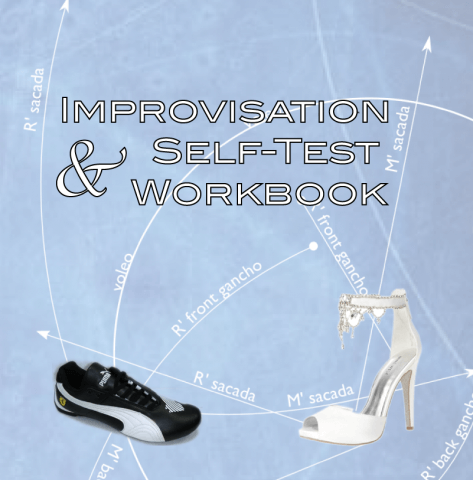
Family practice
If you are a tango couple with children and not much time alone, do a few tango improvisation drills while dinner is cooking, or during family time. Make a short list of things you’re working on and then ask your child to be “the boss” and tell you which movement to do next, choosing different words from your list (example list: Sacada, Voleo, Cross, Barrida, Gancho). Every time the child calls out the next move, try to do it without taking any additional steps.
Notes practice
Writing notes is an important part of the learning process. Reading, annotating, and rewriting your notes regularly will also help you learn. Your notes can be words, pictures, or made-up names for sequences, whatever works for you as long as you have some kind of cycle going on between dancing and notes. If you’re leaving class unsure of what to write down, you’re not receiving clear instruction. If you are just watching your teacher and not receiving clear instruction, you can get that from world class dancers on youtube for free. You should always be clear about the three most important things that need improvement in your dance. Insist that your teacher give you personalized and prioritized improvement instructions. How to evaluate instructors.
The most important practice: making friends
The most powerful thing you can do to improve your pleasure and level in tango is making friends with people you like dancing with. The most strategic route is to find people you like who aren’t as good as you yet and invest in them by finding time to practice together, take classes together, and dance regularly. You will have consistent pleasure with people who are confident and familiar with you and you will feel comfortable taking risks and making mistakes, which are essential to improvement.

